Why practice pickleball alone?
Many players hesitate to practice solo, thinking that pickleball fundamentally requires a partner. However, the advantages of practicing alone are manifold. Engaging in solo drills provides an opportunity to target specific weaknesses in your game, allowing you to hone particular skills without the distraction of a partner. Moreover, the flexibility of scheduling your sessions at your convenience makes practicing alone an appealing option.
Mindful pickleball is a crucial aspect of this solitary practice. It encourages players to adopt a zen-like focus, where patience and self-awareness take center stage. Picture yourself as a sculptor, chiseling away at a block of marble; each practice session refines your skills, one gentle tap at a time. Through this mindset, you not only improve physically but also cultivate a deeper connection with the game, fostering a love for the process rather than just the outcome.
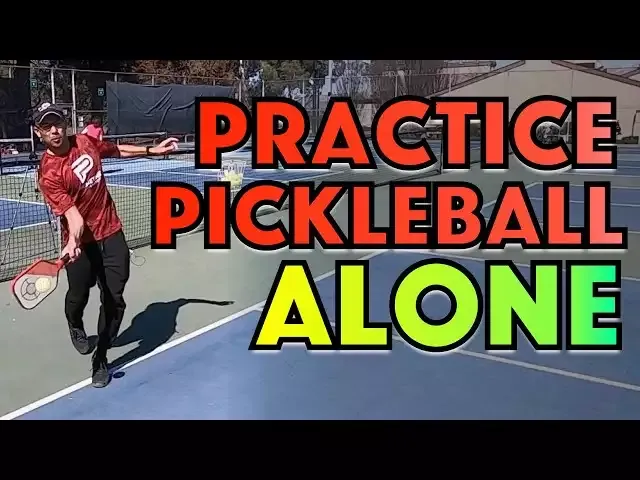
Benefits of practicing solo:
- Flexibility: Train on your schedule without needing to coordinate with others.
- Targeted skill development: Focus on weaknesses with structured drills.
- Mental focus: Develop a more profound sense of connection with your game.
Getting started: Essential gear and setting up your practice space
To embark on your journey of solo pickleball practice, it's crucial to equip yourself with the right gear. The foundation of your training lies in a good paddle, quality pickleballs, and a defined practice area.
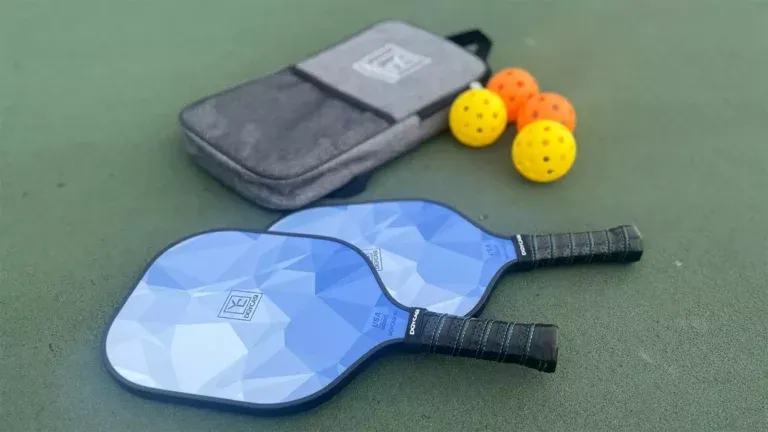
Essential Equipment:
- Paddle: A well-balanced paddle tailored to your style can significantly improve your performance.
- Pickleballs: Ensure you have both indoor and outdoor balls for varied practice conditions.
- Wall or Portable Net: A sturdy wall can serve as your primary training partner, while a portable net allows for more versatility in practice.
Establishing your practice space is just as important. If you prefer indoor training, any spacious area can serve your needs. For outdoor sessions, courts with proper dimensions (20x44 feet) are ideal for mimicking game conditions. Mark the wall with tape to simulate a net and designate a non-volley zone, paving the way for a structured environment that encourages skill-based drills.
Tips for creating an effective practice space:
- Use a blank wall that can reflect your paddle's positioning.
- Mark zones on the wall for serving targets and volley drills.
- Consider indoor vs. outdoor factors like weather, surface, and lighting.
Mindful warm-up: Connecting with your body and paddle
Before diving into high-intensity drills, consider focusing on a mindful warm-up to connect deeply with your body. This phase emphasizes relaxation and focused attention, making it the foundation of a productive practice session.
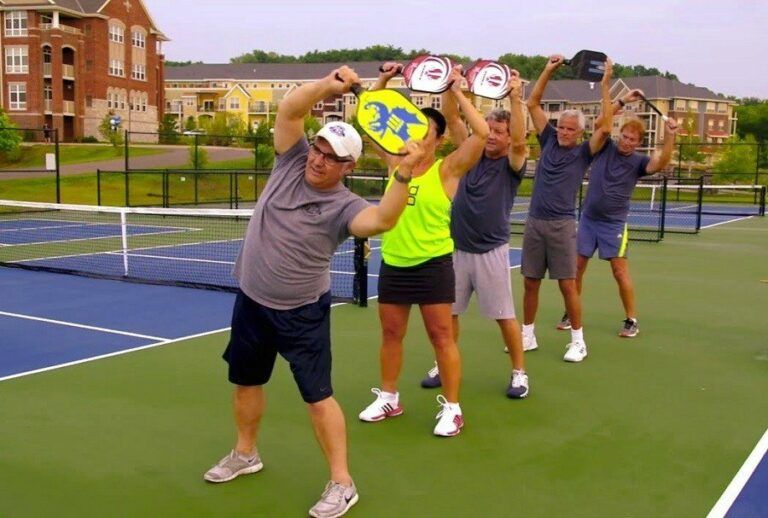
One of the first aspects to get right is your grip, particularly the continental grip, which allows for versatility in shots. Pair this with an open and relaxed ready stance; it acts as the springboard for the agility required in pickleball.
Taking a few minutes to engage in shadow swings can be incredibly beneficial. Imagine you are an artist, each swing a stroke of paint on a canvas. Here’s how to execute them: Focus on both forehand and backhand motions, practicing your body mechanics and footwork without hitting an actual ball. This creates a mental picture of your movements, helping your brain establish muscle memory.
A warm-up routine might include:
- Shadow swings: 10 forehand and 10 backhand swings without a ball.
- Grip adjustments: Ensure the continental grip is comfortable and responsive.
Serving with intention: Developing accuracy and control
Serving may very well be the most significant component of your game. It's your first opportunity to dictate the rhythm and flow of a rally. The underhand serve is a common yet effective technique to focus on during solo training.
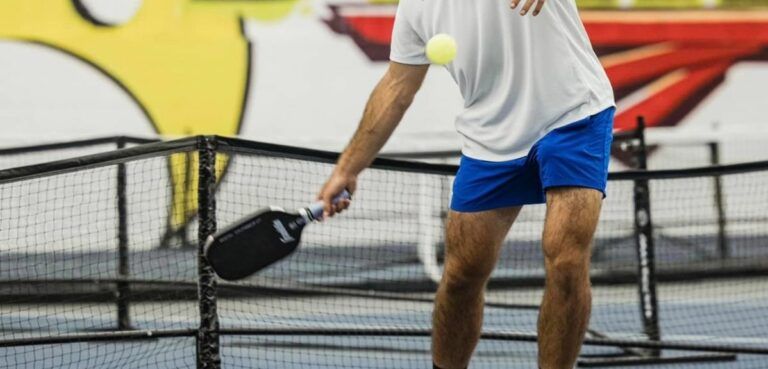
To cultivate accuracy and control, break down your serve mechanics. Pay close attention to your ball toss, aiming for a consistent height, and ensure your paddle makes contact at the sweet spot for optimal control and spin. Use tape or markers to set up targets in the service box, and aim for them during each serve.
Serving drills should focus on varying the speed and spin of your serve to keep opponents guessing. You can also practice serving against a wall, where the ball rebounds simulate varied return scenarios, enhancing your overall skill set.
Serving drills to incorporate:
- Wall serves: Aim for specified targets to polish your consistency.
- Target practice: Set markers for foot placement and paddle angle adjustments.
The art of the dink: Soft touch and strategic placement
Dinking is often described as the soul of pickleball, requiring finesse and strategic thinking. Unlike the power shots that are prevalent in tennis, dinking requires a soft touch and acute control. Practicing dinks alone can strengthen your technique significantly.
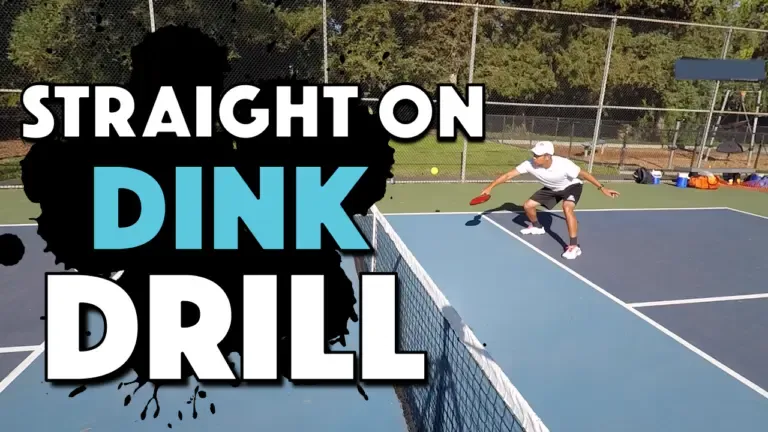
Focus on the dinking technique, which involves keeping your paddle low and applying controlled force to propel the ball over the net gently. Wall dinks allow you to train precision and accuracy by targeting specific spots on the wall or using drop feeds to recreate game scenarios where soft shots are required.
Drills for mastering dinks:
- Wall dinks: Stand a few feet away from a wall and practice your soft shots, targeting specific spots.
- Drop feeds: Use a portable net or marked areas to practice placement and control.
Volleys and reactions: Building quickness and precision
In pickleball, quick reactions play a vital role in successful volleys. The volley technique emphasizes a punching motion that requires balance, positioning, and speed. To practice, focus on maintaining your balance while executing rapid volleys, switching between forehand and backhand scenarios.
Volley drills to enhance reactions:
- Wall volleys: Hit the ball against the wall with alternating shots, maintaining a steady rhythm.
- Quick reaction exercises: Set a timer and see how many successful volleys you can execute within a minute.
Practicing in this manner not only builds muscle memory but also hones your ability to react swiftly. The crucial aspect is mindfulness remain present, stay relaxed, and resist the urge to overhit.
Footwork fundamentals: Agility and court coverage
Footwork is crucial in pickleball; it dictates your ability to cover ground and position yourself optimally for every shot. To enhance agility, practice employing the split-step technique, which acts as a launchpad for your lateral movements.
Incorporate footwork drills, such as lateral shuffles and quick feet donuts, to boost your speed and agility. These drills mimic the quick movements needed during game play, sharpening your reflexes and improving your overall game.
Footwork exercises to include:
- Lateral shuffles: Practice moving sideways to improve court coverage.
- Quick feet donuts: Move quickly in a circular pattern to enhance agility.
Maximizing wall drills for solo practice
Wall drills are one of the most accessible and effective means to practice alone. They provide immediate feedback, allowing players to assess their performance in real time. Concentrating on repetition allows you to refine your shots and develop consistency across various skills.
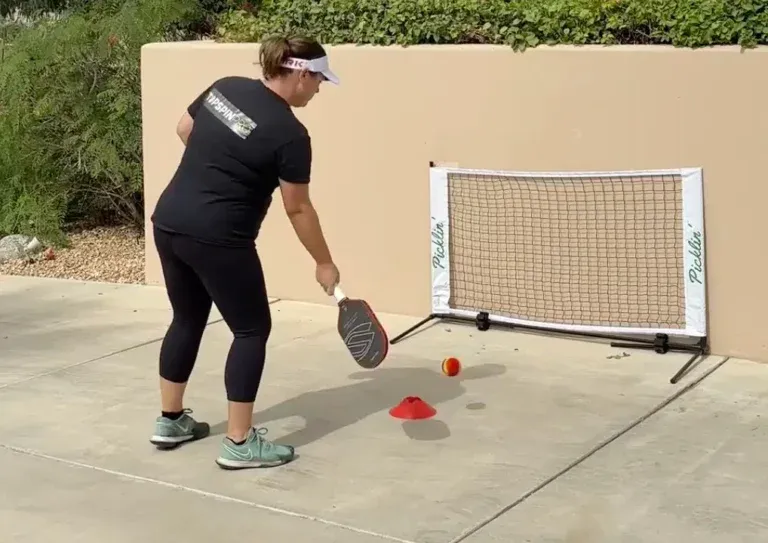
Types of wall drills to explore:
- Serve drills: Aim for specified targets on the wall, refining your accuracy.
- Dinks and volleys: Alternate between these techniques to bolster control and placement.
As you practice against the wall, maintain awareness of every shot. Focus on the feedback you receive with each hit the way the ball reacts and how accurately you are targeting specified areas.
Mindful practice: Visualization and staying motivated
As you engage in solo pickleball practice, adopting a mindful approach is vital for staying focused and motivated. Visualization techniques can facilitate deeper learning by imagining game scenarios and outcomes. Picture yourself executing a perfect serve or making an incredible shot.
Establish attainable goals, keeping them realistic and measurable. Track your progress to maintain motivation; celebrate small victories, as they build momentum towards larger achievements. Maintaining a journal of your practice sessions can serve as a useful tool for reflection and growth.
Tips for mindful practice:
- Visualization: Spend a few minutes imagining your game-day strategies.
- Set goals: Define what you wish to achieve in each session to maintain focus.
Conclusion: Enjoy the journey of solo pickleball improvement
Practicing pickleball alone is more than just an opportunity to enhance skills; it's a journey of self-discovery, mindfulness, and dedication. Embrace this solitary path and leverage the various techniques outlined here to witness significant improvements over time. Remember that the essence of practice lies in enjoying every moment celebrating progress, nurturing your love for the game, and identifying areas for growth. It’s this dedication and joy that ultimately unlock your full pickleball potential.
By remaining consistent, intentional, and mindful, you can transform your solo practice sessions into a powerful tool for personal growth, ensuring that every session brings you one step closer to becoming the player you aspire to be.










